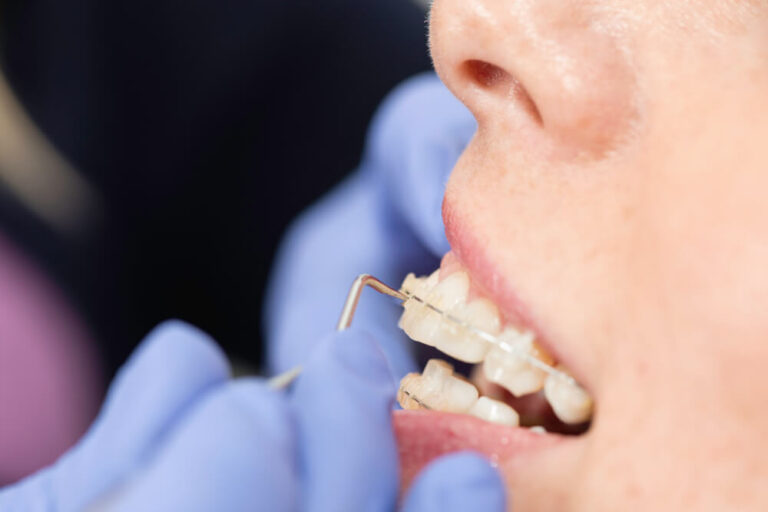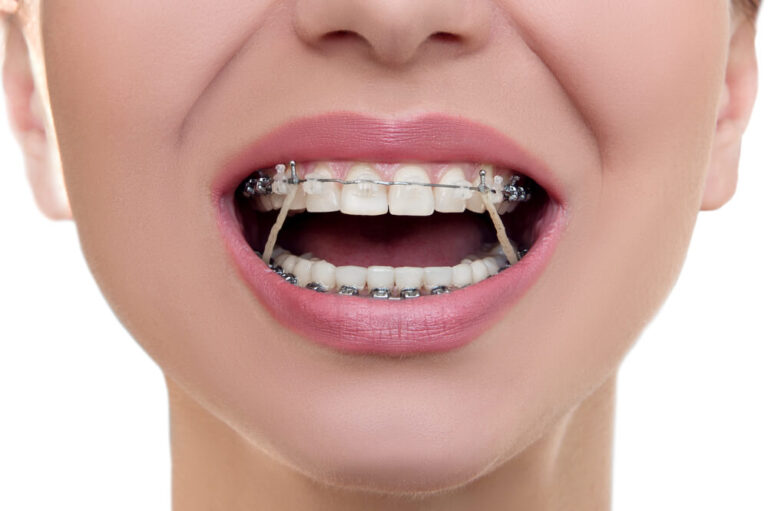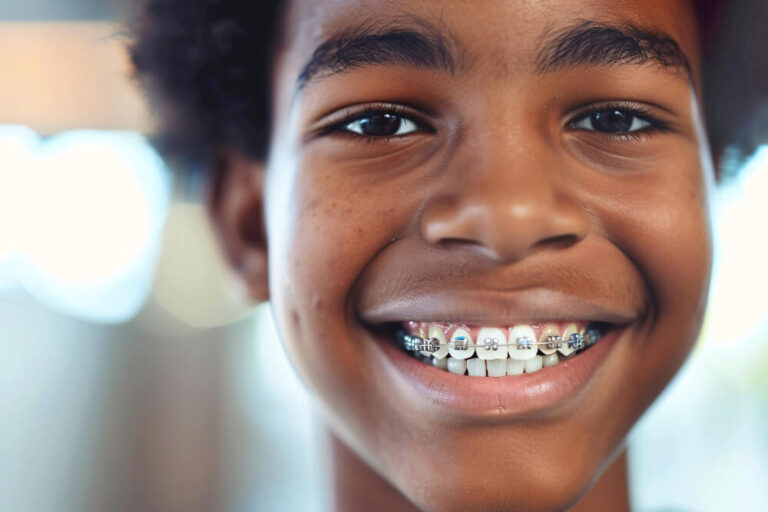
Newsletter Subscribe
Enter your email address below and subscribe to our newsletter

Enter your email address below and subscribe to our newsletter

Radiation Exposure Dental X-rays are necessary for diagnosing various dental issues. However, during pregnancy, radiation exposure can pose a risk to the developing fetus. The first trimester is particularly critical, as this is when the baby’s organs are forming. Even…

Yes, you can get a tooth pulled while pregnant. The second trimester is the best time. Dentists use local anesthesia and low-radiation X-rays. Always consult both your dentist and obstetrician to ensure safety for both mother and baby.

Invisalign works by using a series of clear aligners to gradually shift your teeth into the desired position. These custom-made aligners are worn over your teeth and are virtually invisible. Every few weeks, you switch to a new set of aligners, each one slightly adjusted to continue the alignment process until your teeth reach their final position.

The main difference between dental insurance and dental benefits (discount plans) is in their cost structure and coverage. Dental insurance requires monthly premiums, deductibles, and copayments, and it covers a percentage of dental costs up to an annual maximum. Dental benefits, on the other hand, involve an annual membership fee and provide discounts on services without deductibles or maximum limits. Insurance offers broader financial protection, while discount plans provide consistent savings on treatments with lower upfront costs.

The braces removal process typically takes about one hour. During this time, the orthodontist carefully detaches the brackets and wires, cleans off any remaining adhesive, and polishes the teeth. While the procedure involves some pressure, it's generally not painful. This efficient process ensures that your teeth look great and feel healthy immediately after the braces are removed.

Braces typically cause discomfort for a few days after each adjustment. This pain generally lasts between one to three days. To alleviate the soreness,use over-the-counter pain relievers, apply oral anesthetics, and eat soft foods. Cold foods like ice cream or smoothies can also help reduce inflammation and numb the area.

Rubber bands, or orthodontic elastics, apply additional pressure needed to move your teeth and adjust jaw alignment, essential for achieving that perfect smile.

During the first week with braces, opt for soft foods to minimize discomfort. Good choices include yogurt, smoothies, oatmeal, scrambled eggs, soft fruits like bananas, mashed potatoes, and well-cooked vegetables. Soup and broths are also gentle options.

The cost of braces varies based on the type you need. Traditional metal braces are the most affordable at $3,000-$7,000. Ceramic braces offer a discreet look for $4,000-$8,000. Lingual braces are the most expensive at $8,000-$10,000 but provide a completely hidden solution.

Braces use gentle, continuous pressure to gradually move teeth into their correct positions. This pressure affects the bone and tissue surrounding the teeth, causing them to loosen and then tighten in their new alignment. Over time, adjustments are made to the braces to ensure the teeth move into the desired alignment, resulting in a straighter smile.
Dental articles in your inbox. Subscribe